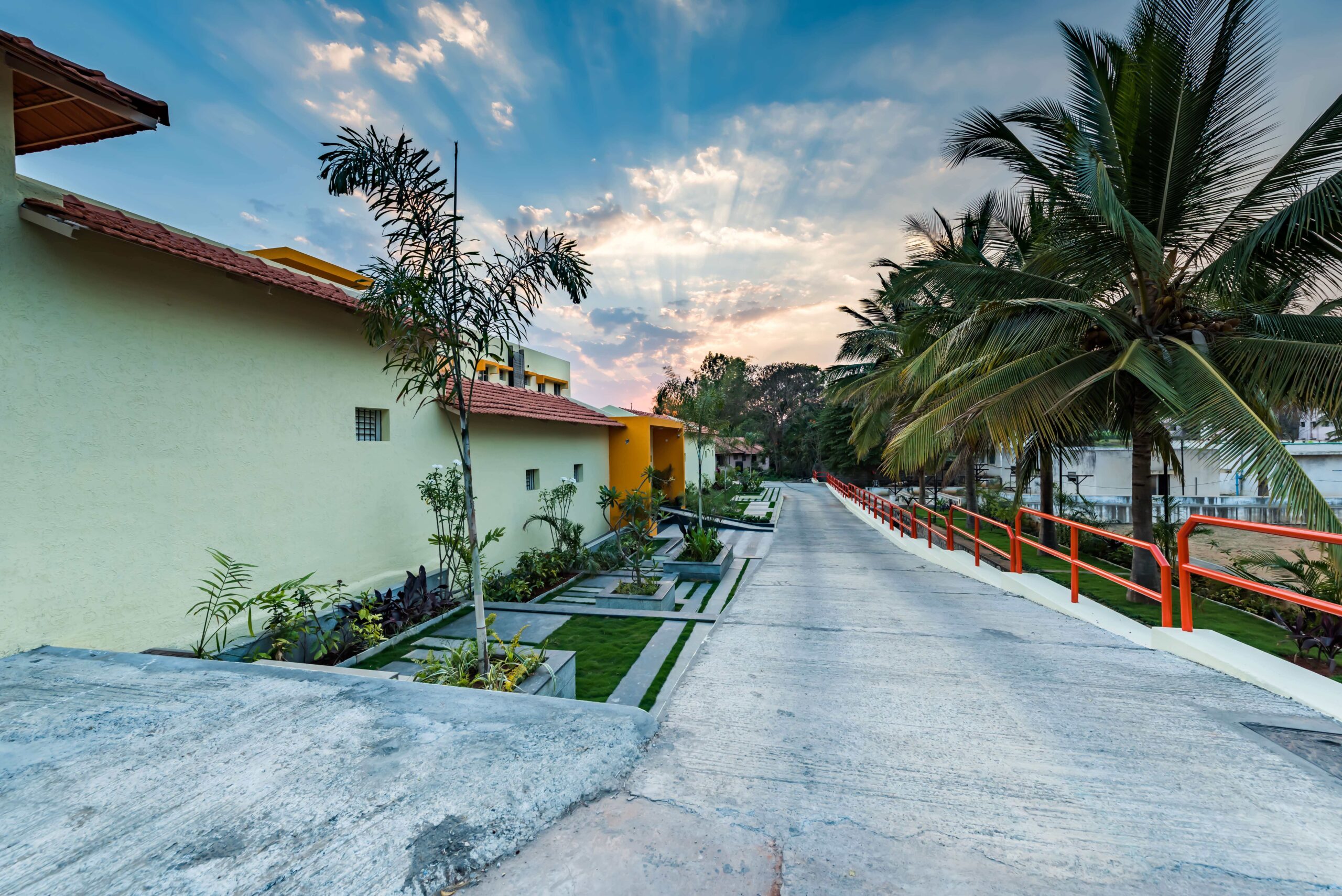TeleMAT Dual Diagnosis India

In India, the intersection of substance abuse and mental illness—known as dual diagnosis—is a growing concern. Complicating this further is the lack of integrated care models that address both conditions simultaneously. However, the rise of technology in healthcare is reshaping possibilities. With the introduction of teleMAT dual diagnosis India services, patients can now access Medication-Assisted Treatment (MAT) for addiction while simultaneously receiving mental health support—all from the comfort of their homes. Progressive rehabilitation centers like Prayasrehab, among the best rehab centres in India, are leading the charge in offering digital solutions tailored to complex recovery needs.
What is Dual Diagnosis?
Dual diagnosis refers to individuals who experience a mental health disorder—such as depression, anxiety, bipolar disorder, or PTSD—alongside a substance use disorder. In India, this condition is more common than previously acknowledged. According to the National Mental Health Survey (NMHS 2016), approximately 22% of those with a substance use disorder also suffer from a co-occurring mental illness.
Unfortunately, India’s healthcare system has traditionally treated these issues in silos—psychiatric care on one side and addiction treatment on the other. This fragmented approach often leads to relapse, underdiagnosis, or poor treatment adherence.
That’s where the concept of teleMAT dual diagnosis India enters with significant promise.
What is Tele-MAT?
Tele-MAT (Telehealth-based Medication-Assisted Treatment) involves delivering MAT services via telemedicine platforms. MAT typically uses medications like buprenorphine, methadone, or naltrexone—combined with behavioral therapies—to treat substance addiction. Tele-MAT makes this approach more accessible, particularly for those in rural or underserved regions.
When applied to dual diagnosis, Tele-MAT extends beyond just addiction medication. It also provides:
-
Online psychiatric consultations
-
Real-time therapy for mood disorders
-
Remote monitoring and medication management
-
Family therapy and relapse prevention programs
This comprehensive model is what sets teleMAT dual diagnosis India apart from traditional recovery options.
Why Tele-MAT for Dual Diagnosis Matters in India
The Indian context brings unique challenges for those with a dual diagnosis:
-
Stigma around mental illness and addiction leads to delayed treatment.
-
Geographic barriers prevent access to integrated care in smaller towns.
-
Shortage of professionals—India has only about 0.3 psychiatrists per 100,000 people (as per WHO).
-
Gender-based barriers, especially for women, make in-person visits difficult.
By combining addiction medicine and psychiatric care in one digital platform, teleMAT dual diagnosis India services remove many of these obstacles, offering privacy, convenience, and holistic care.
How Prayasrehab Implements Tele-MAT for Dual Diagnosis
As a pioneer in integrated addiction treatment, Prayasrehab offers tailored Tele-MAT programs for patients with co-occurring conditions. Their protocol includes:
-
Virtual psychiatric evaluations with licensed professionals
-
Customized MAT regimens adjusted based on psychiatric medications
-
CBT (Cognitive Behavioral Therapy) and DBT (Dialectical Behavior Therapy) via encrypted video sessions
-
Daily monitoring through mobile apps
-
Emergency tele-counseling and family education modules
This level of coordinated care allows patients to stabilize both their addiction and mental health symptoms simultaneously. It represents the true promise of teleMAT dual diagnosis India—access, continuity, and empathy-driven treatment.
Common Conditions Treated Under Dual Diagnosis
The most frequently treated combinations under teleMAT dual diagnosis India include:
-
Alcohol addiction + depression
-
Opioid addiction + anxiety disorders
-
Cannabis misuse + schizophrenia
-
Benzodiazepine dependence + PTSD
-
Stimulant abuse + bipolar disorder
With both psychiatric and addiction specialists collaborating on a unified platform, misdiagnosis and conflicting treatments can be avoided.
Digital Tools Powering Tele-MAT in India
The technological ecosystem supporting teleMAT dual diagnosis India continues to expand. Services are often used:
-
EHR-integrated telemedicine platforms (such as Practo, Mfine)
-
Remote drug adherence tools with reminders and trackers
-
Digital behavioral health apps for mindfulness, journaling, and mood logging
-
Secure video platforms that meet HIPAA and Indian data protection standards
With government initiatives like the Ayushman Bharat Digital Mission pushing for more digital health infrastructure, Tele-MAT has the potential to become mainstream. Learn more about Ayushman Bharat Digital Health Mission.
Regulatory Support and Challenges
India’s Telemedicine Practice Guidelines (2020) allow licensed medical practitioners to prescribe certain addiction and psychiatric medications via teleconsultation. However, medications under Schedule X or narcotics (e.g., methadone) still face strict regulation under the NDPS Act.
Hence, while teleMAT dual diagnosis India offers tremendous potential, rehab centers must stay compliant with:
-
e-prescription norms
-
Periodic in-person follow-ups
-
Monitoring and reporting frameworks
Regulatory clarity will be key to scaling such services nationally.
Case Study: A Realistic Scenario
Take the case of a 35-year-old working woman in Bengaluru battling alcohol dependency and severe anxiety. Due to the stigma of visiting a rehab center and the lack of time, she began online therapy through Prayasrehab. Within two weeks, she was prescribed naltrexone under a Tele-MAT plan, combined with weekly virtual sessions for anxiety. Her progress was tracked remotely, and her husband was included in therapy via video counseling.
Stories like these highlight how teleMAT dual diagnosis India is not just convenient—it’s transformational.
Looking Ahead: Scaling Tele-MAT in India
The future of teleMAT dual diagnosis India lies in:
-
Government support for insurance coverage and subsidies
-
Training for rural health workers to identify dual diagnosis cases
-
Integration with public mental health programs
-
AI-powered diagnostics for early risk screening
With India’s digital revolution underway and mental health awareness on the rise, the moment is ripe for mainstreaming dual-diagnosis treatment through telehealth.
Conclusion
The emergence of teleMAT dual diagnosis India marks a turning point in addiction and mental health treatment. By merging technology with compassionate, evidence-based care, services like those offered by Prayasrehab are making recovery accessible, private, and effective for thousands across the country. As we move toward a more inclusive and connected healthcare model, the expansion of Tele-MAT programs for dual diagnosis may very well redefine the future of mental wellness and sobriety in India.
